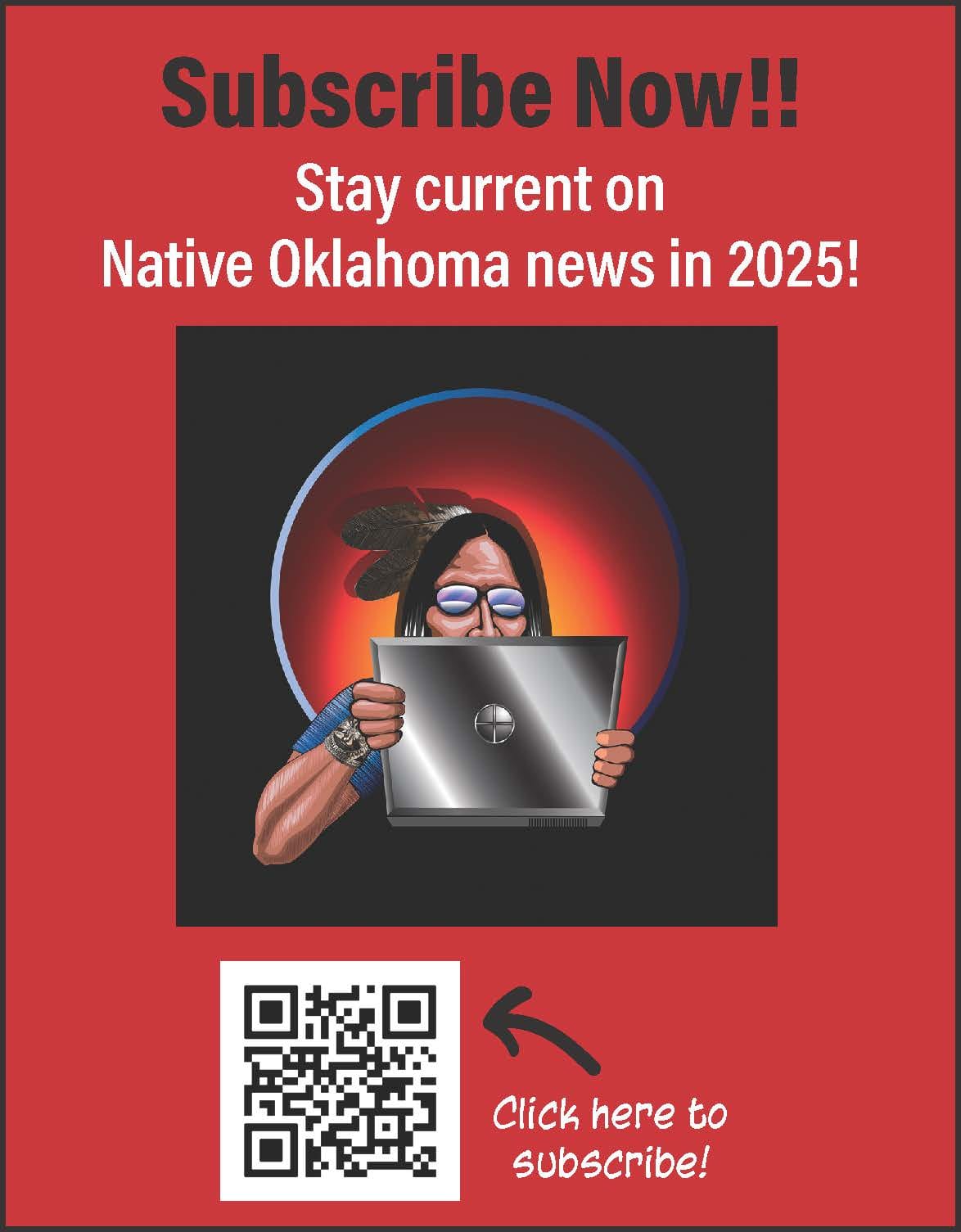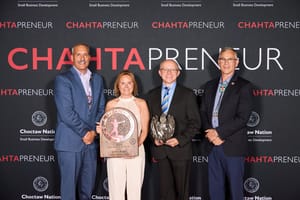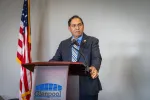

Choctaw Nation constitutional amendment fails
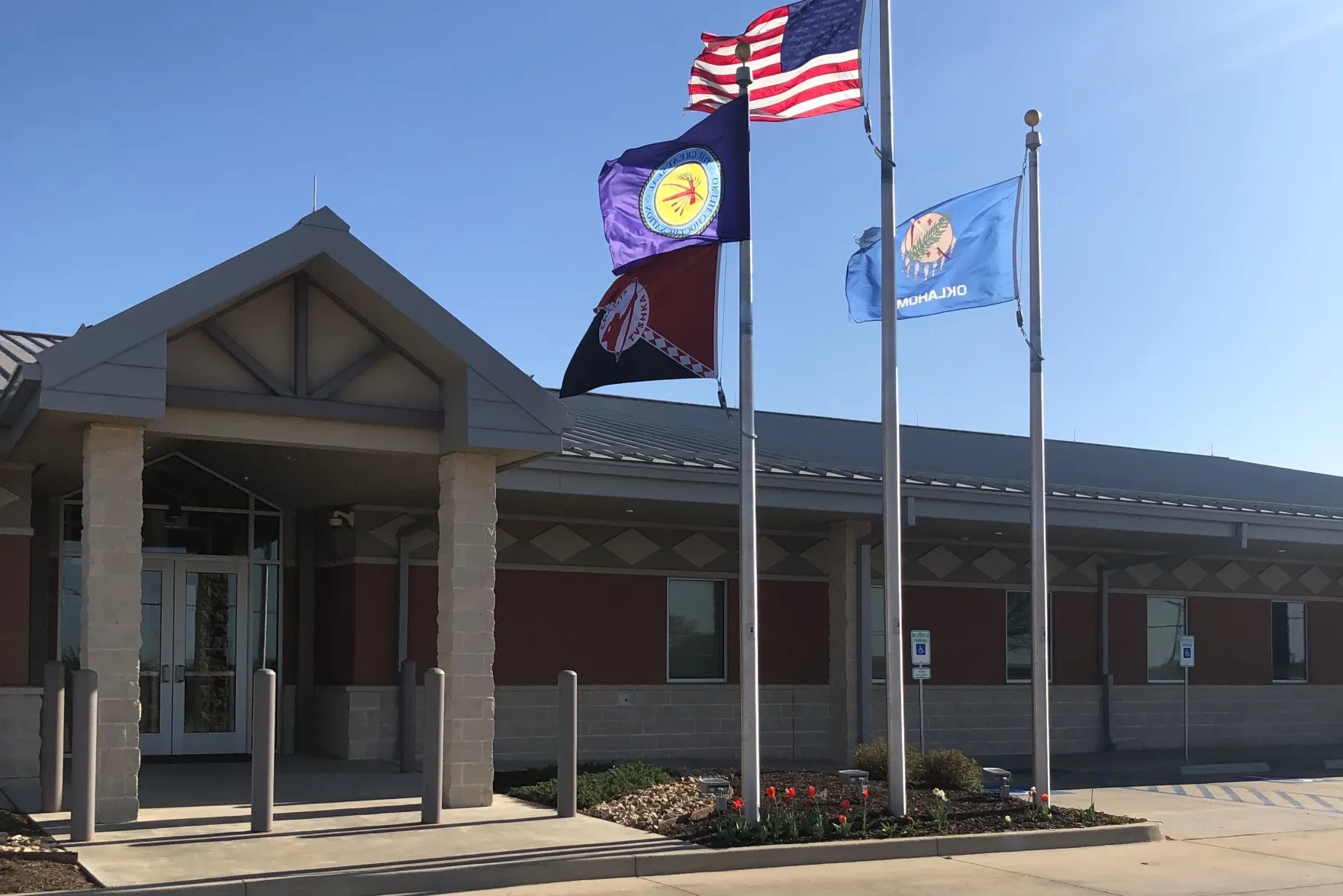
By Katie Hallum (ᏧᏟ), KOSU
Changes to Choctaw Nation’s constitution will not go into effect despite receiving overwhelming support from voters.
In order for them to be approved, they would have had to receive 51% of the total number of qualified votes in the last Chief’s election. Because of that, 11,122 votes in the affirmative would have been required. Each of the five amendments failed to meet that threshold, including one that had been criticized by Choctaw Freedmen.
Amendment Five would have removed the need to seek federal approval when making changes to the Choctaw Nation’s constitution. More than 90% of Choctaw voters who cast a ballot voted in the affirmative.
The tribe argued the move would “further strengthen the Nation’s ability to make, amend and be governed by its own laws.” The measure eliminates the need for the Choctaw Nation to seek approval from the Department of the Interior when making constitutional amendments.
The Descendants of Freedmen of the Five… Tribes Association (DF5CTA) had opposed the amendment and asked for federal intervention, claiming the measure could be used to further disinclude Choctaw Freedmen.
Currently, Choctaw Freedmen are limited in the sovereign rights they receive under the Choctaw Nation—including the right to vote—due to language in their constitution defining citizenship as ‘by blood.’ This includes individuals who are both Freedmen and of mixed tribal ancestry.
Under the 1866 treaty, Freedmen citizens are legally entitled to citizenship under their respective nations. Currently, the Cherokee Nation is the only tribe that grants full rights to the descendants of formerly enslaved people, also known as Freedmen.
Questions about how to enforce this compliance have arisen in the past, but concerns about encroaching on tribal sovereignty have blocked any legal initiatives from moving forward.

American Indian Alaska Native Tourism Association and Destinations International Partner to Amplify U.S. Indigenous Tourism Globally
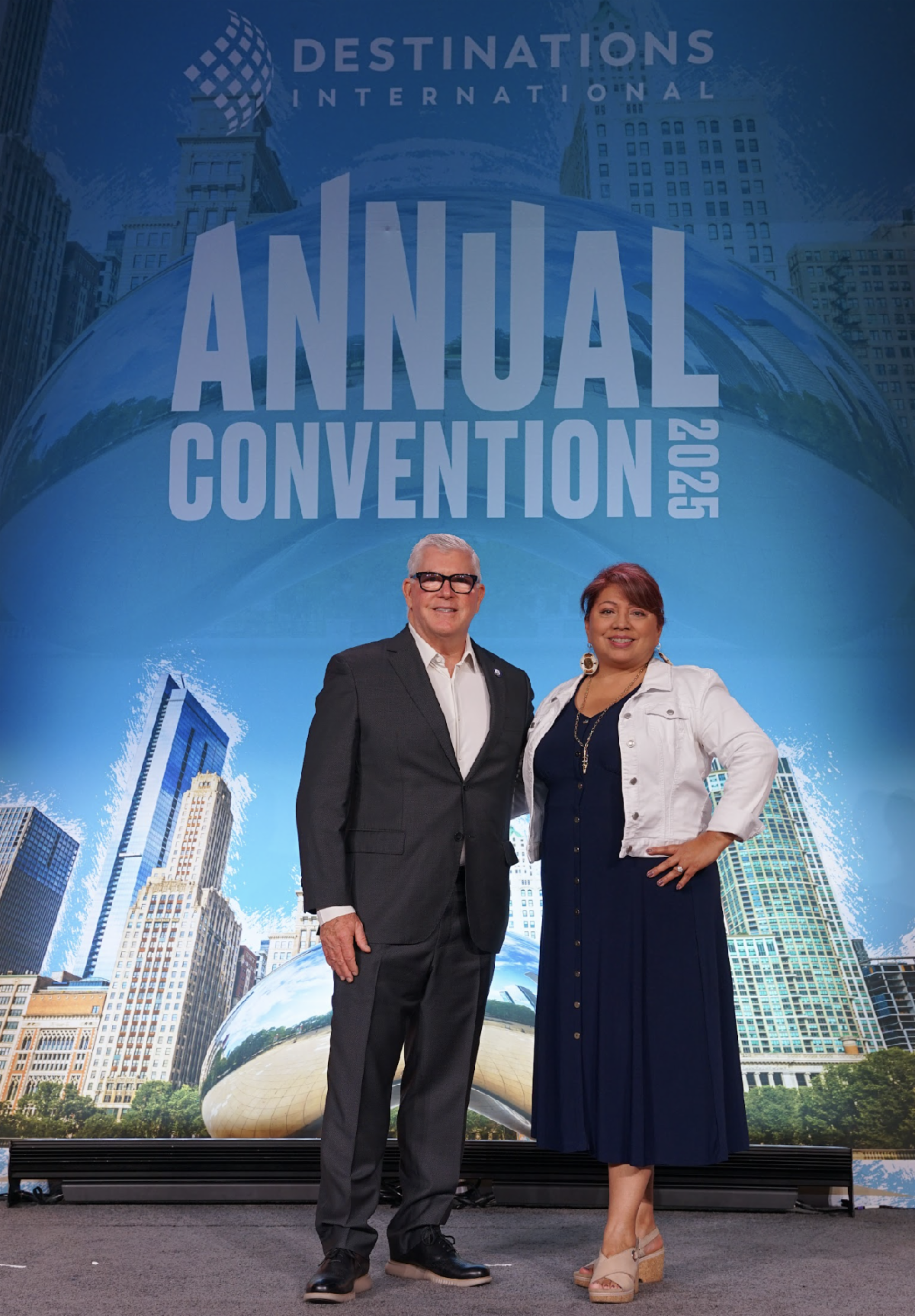
ALBUQUERQUE, N.M. – The American Indian Alaska Native Tourism Association (AIANTA), the only national organization dedicated to advancing cultural heritage tourism in Native Nations and communities across the United States, and Destinations International, the world’s largest global network of destination organizations, convention and visitor bureaus (CVBs), and tourism boards, announced a two-year strategic partnership to jointly promote and deliver programs, products, and services that benefit both organizations and create meaningful, shared value for their stakeholders.
The partnership announcement comes after the agreement was signed at the Destinations International 2025 Annual Convention last week in Chicago, Illinois.
Travel serves as a catalyst for a productive U.S. economy and helps power the success of other industries. American Indian, Alaska Native and Native Hawaiian-owned hospitality businesses contribute $11.6 billion in annual sales to the tourism and hospitality sector in the U.S., according to the Economic Impact of U.S. Indigenous Tourism Businesses Report, produced by AIANTA in partnership with Honolulu-based SMS Research.
“AIANTA’s partnership with Destinations International marks a pivotal moment for Indigenous tourism," said Sherry L. Rupert, CEO of AIANTA. "This collaboration will undoubtedly elevate Indigenous perspectives within the global tourism industry. Through this collaboration, we look forward to sharing knowledge, building stronger relationships, and creating tools that support respectful engagement with Indigenous communities across the United States."
Representing the largest global network of destination organizations, convention bureaus, and tourism boards, Destinations International is a dedicated champion of travel. Their members form a powerful association of more than 9,000 professionals from over 750 destinations in 23 countries across the globe, with a combined spending power of over $3.5 billion.
“We are proud to partner with AIANTA to help ensure that travel and tourism serves visitors and honors the values and interests of Indigenous communities,” said Don Welsh, president & CEO of Destinations International. “Our partnership with the Indigenous Tourism Association of Canada (ITAC) in recent years has been and continues to be meaningful, and we are excited to deepen our efforts around Indigenous tourism in North America through this important and impactful partnership with AIANTA.”
For more than 26 years, AIANTA has worked to address inequities in the tourism system and has served as the national voice for American Indian, Alaska Native and Native Hawaiian nations engaged in cultural tourism, while providing technical assistance, training and capacity building to Native Nations and communities and Native-owned enterprises engaged in tourism, hospitality, and recreation.
Native Nations and communities who are looking to start or expand their cultural tourism footprint can find resources at www.aianta.org and visitors interested in learning more about Indigenous culture can visit www.nativeamerica.travel.
Chickasaw elders tour the historic Homeland
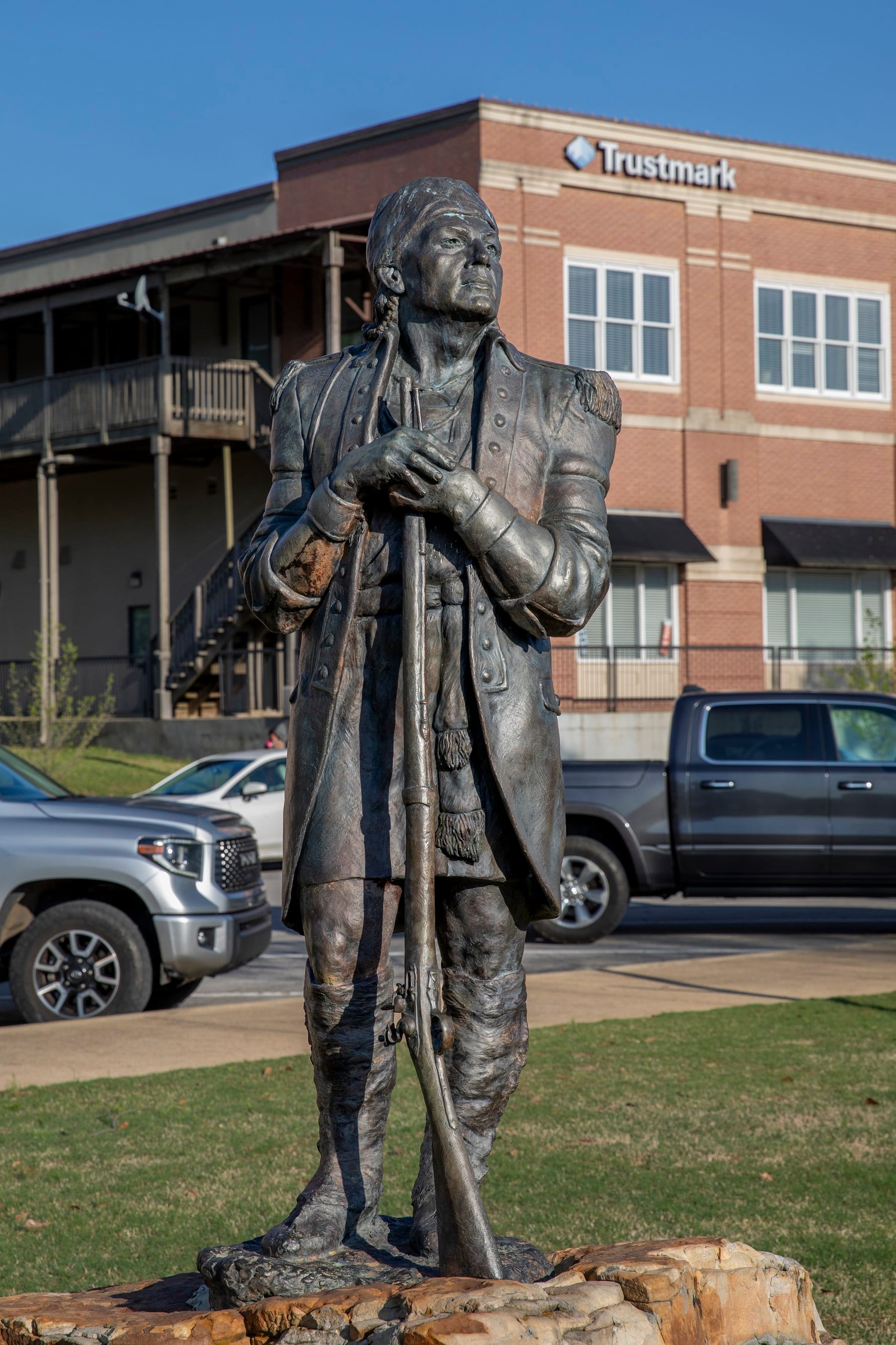
Twenty Chickasaw elders forged new friendships and developed deeper connections to their heritage during a recent exploration of the historic Chickasaw Homeland. Hosted by the Chickasaw Nation Department of Community Services Aging Division, a weeklong trip in early April marked the first of four Elders Tours planned for 2025.
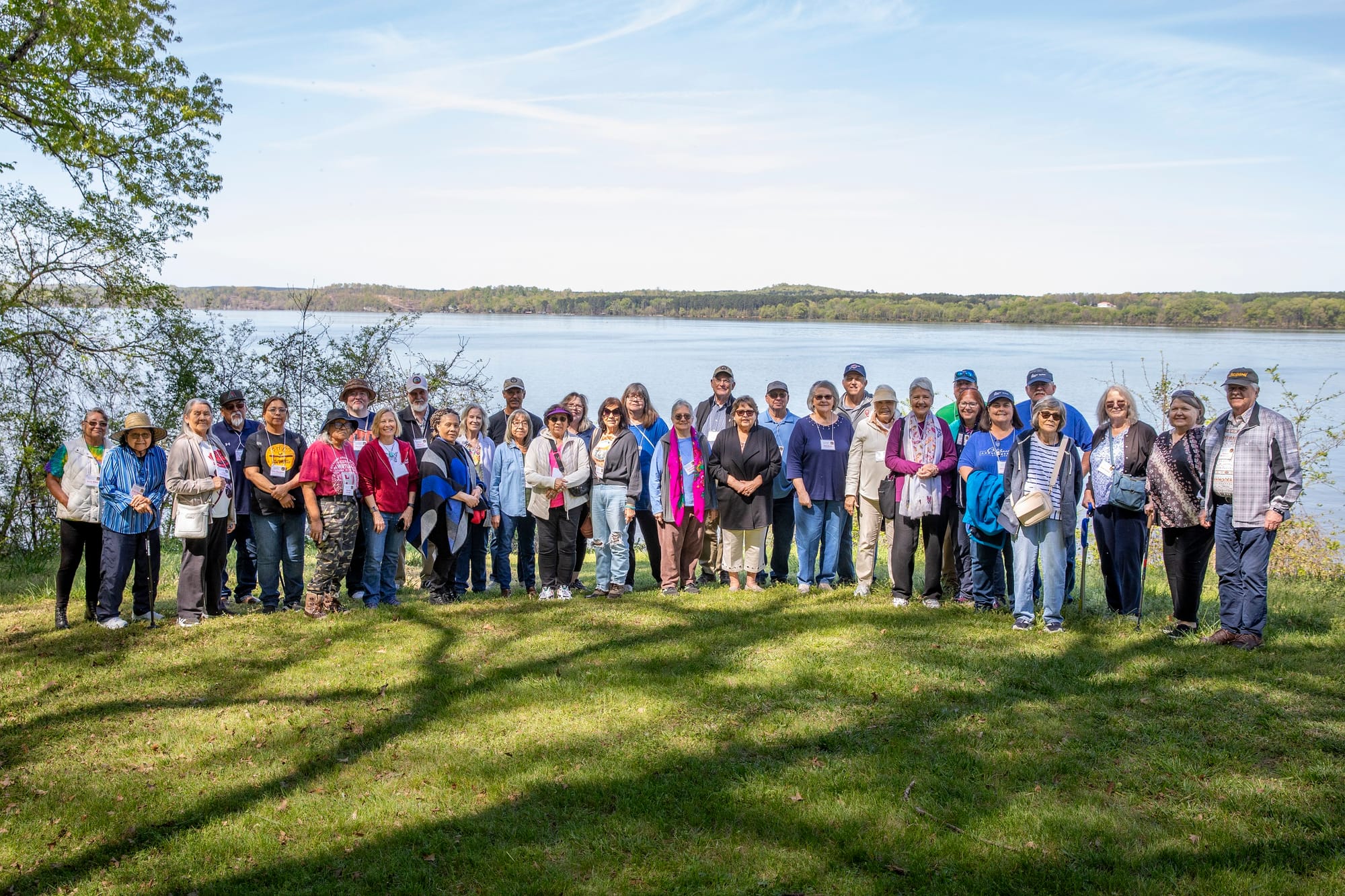
Day 1: Elders Gather
The elders, all aged 60 and above, began their journey April 7 in Ada, Oklahoma. The tour participants included many Oklahoma residents and also Chickasaw elders from Texas, Florida, Utah and Arkansas.
Richard Sheffield Jr., a resident of Fort Myers, Florida, traveled the farthermost to participate in the Homeland tour. Despite his distance, Mr. Sheffield regularly attends tribal events and proudly shared, “I haven’t missed a Chickasaw Senior Golf Academy yet.”
Once together in Ada, the elders and their companions boarded a Chickasaw Nation touring bus and embarked on the 550-mile drive to Tupelo, Mississippi.
Day 2: Northeast Mississippi
While the historic Chickasaw Homeland consists of parts of north Mississippi, northwest Alabama, west Tennessee and southwest Kentucky, by the late 1600s and early 1700s, the epicenter of the historic Homeland was centered on present-day Tupelo. It was there that four major Chickasaw settlements were located: Chokkilissa’ (Old Town), Chokka’ Falaa’ (Long Town), Koni Aawaa’ Ridge and Ayanaka’ (the slopes).
Elders began their tour of the area by visiting two sites near downtown Tupelo – the Piominko statue located at Fairpark and the Longtown Chickasaw Monument.
Crafted by artist William Beckwith in 2005, the life-size Piominko statue stands prominently between Tupelo’s City Hall and its Main Street, celebrating Chickasaw history in the area and representing the bond between the Chickasaw Nation and the Tupelo community. It also honors Piominko, a pre-Removal Chickasaw leader who worked diligently to protect Chickasaw sovereignty.
Piominko, also known as “Hopayi’ Minko,” meaning “prophet leader,” met with other First American tribes and George Washington to reach agreements benefiting Chickasaw people.
Among these was the Treaty with the U.S. and Chickasaw of 1786 (also known as Treaty of Hopewell). This treaty formally recognized the boundaries of the historic Chickasaw Homeland and officially established the name “the Chickasaw Nation.”
The Chokka’ Falaa’ Long Town Chickasaw Monument honors Chickasaw ancestors whose remains were found nearby during construction of a wing of the North Mississippi Medical Center in 1996. Understanding the significance of the discovery, Mississippi State University and the Mississippi Department of Archives and History collaborated with the Chickasaw Nation to respectfully protect the remains and artifacts.
After a private reburial in 1997, Chickasaw Nation Governor Bill Anoatubby and more than 100 Chickasaw citizens returned to the Homeland for a ceremony to honor the Chickasaw ancestors. This marked the first repatriation and reburial by the Chickasaw Nation in Mississippi.
Other tour stops included the Chisha’ Tálla’a’ (Chickasaw Preserve), and the Pontotoc Town Square Post Office and Museum, as well as visits to Owl Creek Mounds and Bynum Mounds.
Centralized along the Koni Aawaa’ (Coonewah Ridge) area, the 38-acre Chickasaw Preserve was once a part of the Chickasaw community of Chisha’ Tálla’a’, which translates to “Post Oak Grove.” With a commanding view of the floodplain below, Chisha’ Tálla’a’ was home to hundreds of Chickasaws who lived, raised their children and protected their families at the site.
After decades of private ownership, the Chickasaw Nation and the Archaeological Conservancy combined efforts in 2005 to acquire and preserve the historic site. Today, the Chickasaw Preserve serves as an educational center for the interpretation of historic Homeland history from a Chickasaw perspective and establishes a home base where visiting Chickasaws can build a spiritual connection to the area.
Upon experiencing Chisha’ Tálla’a’, elder Terri Mason felt a strong urge to dig deeper into her family history.
“After what I’ve seen here, I want to get back to the cultural center in Sulphur and learn more about my heritage,” Mason said. “My grandmother was very quiet. She grew up in boarding schools and wouldn’t speak about her heritage.”
As luck would have it, a surprise connection on the first day of the trip jump-started Mason’s genealogy research.
“I’ve actually got two cousins on this trip I just met,” Mason said. “We didn’t even know we were related. We discovered it during our first meal together.”
Day 3: Natchez Trace Parkway
The second day of exploration took elders on a 66-mile journey along the historic Natchez Trace Parkway.
Traveling northeast on the parkway from Tupelo, elders visited a Chickasaw Village Site, the Natchez Trace Parkway Visitor Center and Headquarters, Pharr Mounds, Cave Springs, and Bear Creek Mound, located in far northeast Mississippi.
Crossing into Alabama, the tour continued along the Natchez Trace Parkway, stopping at Buzzard Roost Spring where a stand operated by Levi Colbert in the early 1800s attracted travelers of the Old Trace. Recognized as a skilled negotiator and strong advocate for Chickasaw people, Levi Colbert was inducted into the Chickasaw Hall of Fame in 2012.
Nine miles farther along the parkway, the tour group reached the banks of the Tennessee River.
Here, Levi’s brother, George Colbert, lived atop a ridge overlooking the river and operated another of the many inns that served Old Trace travelers with food and lodging. George Colbert also operated Colbert’s Ferry, a significant river crossing during the first two decades of the 19th century.
With Chickasaw history seemingly around every bend of the breathtaking Natchez Trace Parkway, some elders found themselves overcome with emotions ranging from awe and pride to solemn remembrance of the ancestors who came before them.
“I’ve just been trying to take all this in,” Mason said. “It’s a very overwhelming but fun experience.”
Day 4: Tennessee
The final two tour stops took elders into southwest Tennessee, stopping first at the Shiloh National Military Park and then the Pinson Mounds State Archaeological Park.
Hidden in the forest along the Tennessee riverbank within the military park are the Shiloh Indian Mounds, a prehistoric town that was at the center of a society that occupied a 20-mile stretch of the Tennessee River Valley. The site contains multiple large earth mounds, dozens of houses and the remnants of a wooden palisade.
Now designated a National Historic Landmark, Shiloh is one of the few places in the eastern United States where the surface remains of prehistoric houses are visible.
After enjoying lunch along the Tennessee riverbank and a one-hour bus ride north, Chickasaw elders arrived at Pinson Mounds.
Pinson Mounds State Archaeological Park envelopes more than 1,200 acres and at least 15 mounds, making it one of the largest known Middle Woodland cultural period mound centers in the United States.
The most significant feature of the park is Sauls’ Mound, which rises more than 70 feet above the surrounding plains, making it the second-tallest surviving mound in the United States. Elders posed for pictures around and atop the majestic mound before browsing the park museum and gift shop, and then boarding the bus to begin traveling west.
Day 5: Memories Made
After this weeklong journey through ancestral history across three states, Chickasaw elders returned to Oklahoma invigorated with new friendships and a better understanding of the historic Chickasaw Homeland.
“It was very enjoyable to be with other Chickasaw citizens in such an immersive experience,” Sheffield said. “The cultural interpreters and staff that traveled with us were very caring, informative and helpful.
“All the sites we visited had something to offer to the story of the Chickasaw Nation and our ancestors. My wife and I made many new friends and memories that will certainly last the rest of our lives.”
About the Chickasaw Elders Homeland Tour
Chickasaw elders 60 years of age or older can participate in the all-expenses-paid trip to the historic Chickasaw Homeland. Multiple Homeland trips take place each calendar year, with elder applications being selected at random. An elder is required to submit only one application for consideration of future tours. Elders selected for the tour are permitted one travel companion who must be a spouse or blood relative above the age of 21.
Visit Chickasaw.net/EldersTour to apply. For more information or assistance, contact the Chickasaw Nation Department of Community Services Aging Division at (580) 795-9790.
Choctaw Premier Services Awarded $98 Million US Army Transition Assistance Program (TAP) Contract

Virtual counseling program helps soldiers transition to civilian careers
McAlester, Okla. – Choctaw Premier Services, a division of Choctaw Global, a tribally-owned contractor offering services to government and commercial contractors worldwide, has been granted a $98 million contract to provide career training and counseling services to U.S. Army personnel transitioning from active military duty to civilian life.
Choctaw Premier Services is partnering with Wisdom Tree Technology, led by Dr. Scott Allen, a retired U.S. Air Force Reservist and Choctaw Tribal member, to provide 24 hour/7 days week virtual assistance to service members in financial services, career training, employment search, resume writing, interview preparation, college preparation, and more. The call center, located in Fort Knox, Kentucky, will serve active-duty service members from more than 45 locations across the United States, Europe and Asia.
“We are honored to help support our military personnel and make the transition to a successful civilian career easier,” said Janie Dillard CEO of Choctaw Global, the parent company of Choctaw Premier Services. “By partnering with Wisdom Tree Technology, we will be able to answer questions and guide service members in more than 625 subject areas.”
